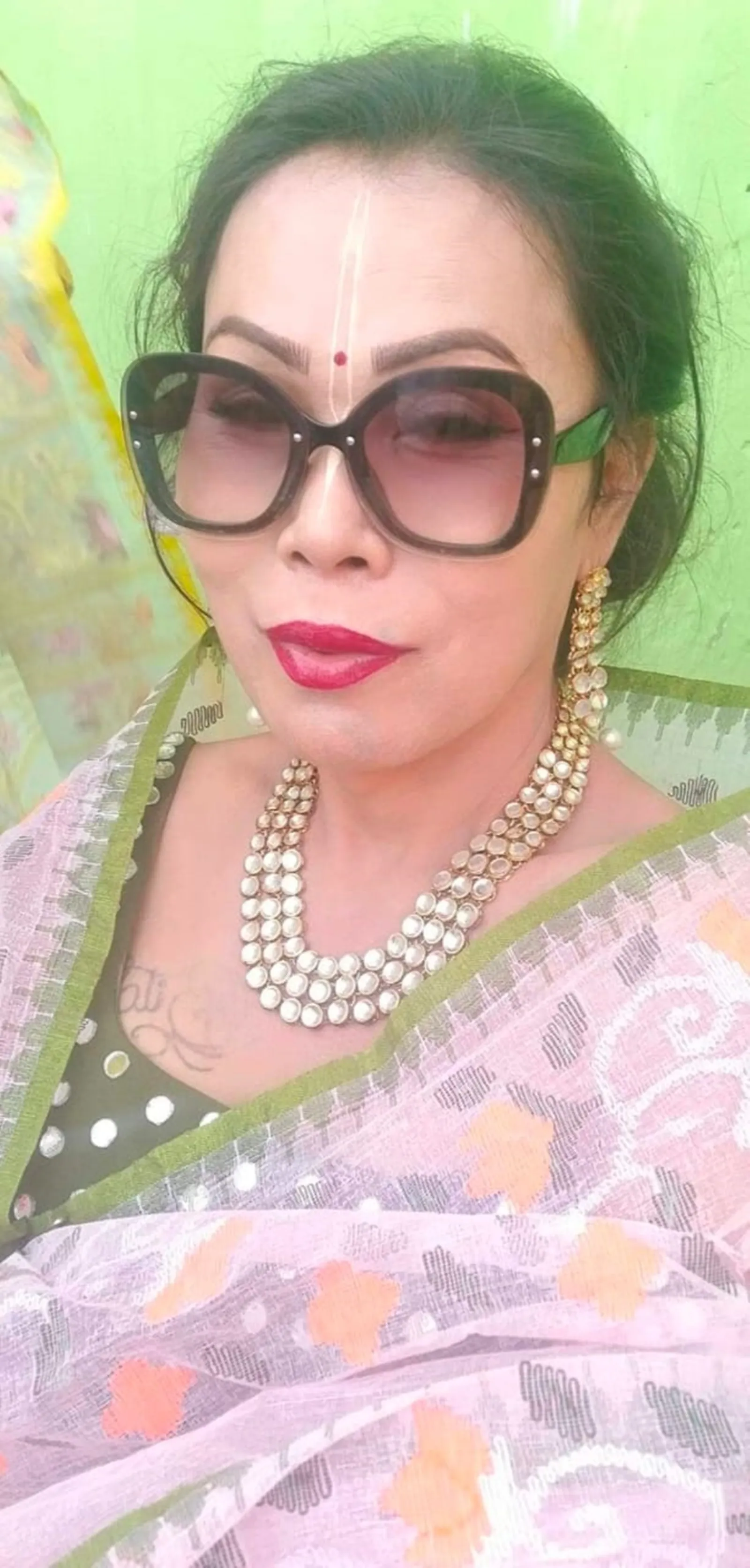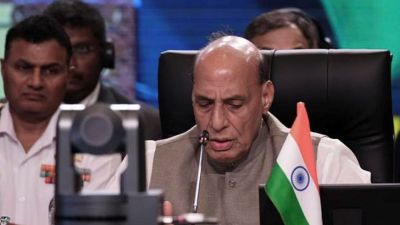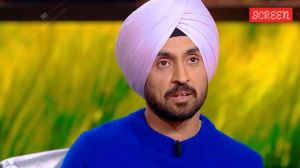‘Diversity push by corporates just cosmetic, covers up reality’: Trans activist Santa Khurai
The Manipuri activist on her memoir The Yellow Sparrow (Rs 499, Speaking Tiger), how fashion and films helped her grow, and why Northeastern trans stories need to grow apart from the Hindi belt
 "I don't believe segregating trans people from the mainstream will bring change in society," says trans activist Santa Khurai (Source: amazon.in)
"I don't believe segregating trans people from the mainstream will bring change in society," says trans activist Santa Khurai (Source: amazon.in)Why did you write this book?
My journey of exploring female identity was all alone. When I walked down the street, whether I was with family or the trans community, I was treated differently. It was difficult to find articles and information related to my realities. I found no primary data to start doing groundwork. Trans scholarly work is very limited, not just in Manipur, but across India. I decided to publish this book to leave a legacy for future generations, so they have a history to rely on for community mobilisation.
Films always influenced you. Have you seen any change in the portrayal of trans characters in movies?
There has been no change. We see a cisgendered imagination of what a trans person should look and be like. Growing up, I liked movies with social outcasts or prostitutes, characters like Umrao Jaan and Pakeezah, or Julia Roberts as a sex worker in Pretty Woman, and actors like Meena Kumari and Rekha. They could easily relate to me. They helped me mold a version of myself.
There’s an opinion that for stories about trans people, the author or actors should also be trans. Others say collaborating with the community is enough. What do you think?
Collaboration. I don’t believe segregating trans people from the mainstream will bring change in society. We’ve struggled to have an equal system and should have as many representatives from the community as possible, but not (necessarily) 100 percent. Cisgender-heterosexual people have a certain privilege compared to trans people, in terms of knowledge capacity, networking, and accessibility, so why can’t we access it?
A big part of your journey was fashion. Many young people explore their gender similarly. How was it for you?
It wasn’t that political for me. I’ve always been very fashionable. It gives visibility to my transness. I was very prominent when I came out, with the way I represented myself in the street.
You’ve written about trans history in Northeast India being distorted with the mainland/Hindi Belt one. Have you seen any change over time?
No. My geographical and racial identity, as well as my appearance, is a big reason my Manipuri trans identity has been overshadowed by a mainland trans identity. It’s about who’s holding and exercising the central power.
In the mainland, people have so much access to information and resources. But we’re largely isolated from the rest of India. People hardly know the history of Manipur. Only now the central government has started talking about the Northeast. Our existence is annihilated from the (national) consciousness. We aren’t there in the educational curriculum.
 “There’s less visibility of Northeastern trans people in the national movement,” Santa Khurai asserts.
“There’s less visibility of Northeastern trans people in the national movement,” Santa Khurai asserts.
When I talk about the (Meitei-Kuki) conflict and how it’s affected trans people, (mainland) people talk about their chosen family, but even the idea of a chosen family or extended and immediate family is understood differently here. In advocacy, most decisions were dominated by mainland narratives. My realities are completely erased. I’m neither a Hindu Dalit or Bahujan. I’m a native of Manipur and follow the indigenous Sanamahi religion.
You learnt the ancient Meitei Mayek script to find traditional stories of the trans community. Why did you do that and what was the most unexpected thing you found?
In 2016, a faith-based Meitei group called Umang Lai Kanba Apunba Lup issued a strong warning against the inclusion and participation of Nubi Maanbi (trans women) in Lai Haraoba, an annual ritual and educational space for the Sanamahi religion. Later, they called me and other community members for a state-level legal consultation. There, a High Court lawyer read the 2014 NALSA judgement and said that trans people haven’t existed in Meitei culture and are only a recent phenomenon of the law (or are a legally created category). That triggered me to find my roots.
In the Meitei Mayek script, I found an alphabet called Ngou (in the current Meitei Mayek) and pronounced as Nga (in archival Meitei Mayek) which represents Pheida, a community which worked in King Khagemba’s palace (from the 17th century Kingdom of Kangleipak). They belonged to unconventional gender identities. They were studied in universities but only through their social function, not their gender or sexual identity, or their desires.
I was able to uncover this pluralism in erstwhile Manipuri society before British and Burmese colonisation. Our community’s existence and narratives have been erased from time to time.
You’ve spoken about military presence in Manipur and its cruelty towards trans people. Has that changed over the years?
No. But there’s an increase in our community’s visibility because we have our own earning platform. Beauty parlours have helped the community that way. Financial upliftment helps live in family and society.
Even after the Supreme Court’s intervention, lots of development is needed. The Trans Welfare Board formed in 2017 declared that Manipur was the first northeast state to hold a meeting, but there have only been two. There has been no transparency in that process. Police don’t take cases related to trans people. You have to do lots of follow-up visits and they come up with excuses.
Recently, the state gave Rs 10 lakh for the community’s welfare. I was in Bangkok due to communal strife in the state, and the internet was suspended, meaning I couldn’t work. Once there, I called out the welfare department, asking for evidence of how they’re using the money. Just for that, they sent police to my house to arrest me. I filed a case in the Supreme Court and got protection. So far it’s just for the namesake, a whitewashing project.
You’ve spoken about social work from the mainland proving ineffective in Manipur. Elaborate?
In Manipur, we contributed a lot to take down Section 377. But back then, The Armed Forces Special Powers Act was fully implemented in Manipur, and we had very limited mobility because there were army and police stops across the state. We were very vulnerable. People weren’t even aware of Section 377, they couldn’t recognise these differences. The advocacy important in the mainland is not important in Manipur, and vice-versa.
I filed a Right to Information application to find cases lodged under Section 377 in a few Northeastern states, including Manipur and Assam. I found zero. While Section 377 has tortured lots of queer people in the mainland, here, we are attacked and harassed by law enforcement.
What has been the biggest lesson you’ve learnt from your activism?
That the equity, inclusion and diversity project (from corporates) isn’t working. It’s cosmetic to cover up realities. I’ve seen a lot of division in the community. Many big companies have started talking about queer people, like Indigo Airlines, but I fail to see any trans person in the cabin crew or as the pilot. Axis Bank has done the same, but I’ve had trouble getting a loan for my housing.
There’s less visibility of Northeastern trans people in the national movement. We have limited opportunities to speak up about our realities. In any judgement about trans people, narratives are rooted in Hindu mythology. At the NALSA judgement’s beginning, transness is defined as related to Mahabharata and Ramayana. Same goes for the Trans Rules 2020. Policymakers and lawmakers should have more knowledge of the diversity of trans people. The minority is subsumed and colonised by the majoritarian idea of trans identity.






- 01
- 02
- 03
- 04
- 05
























